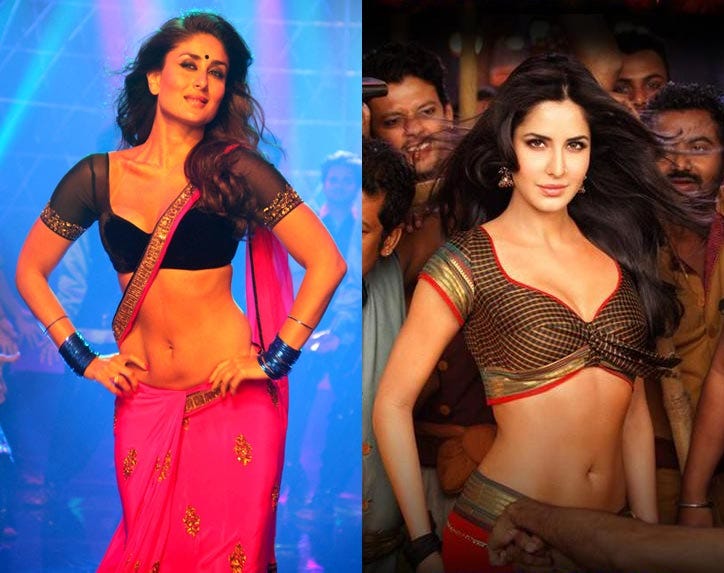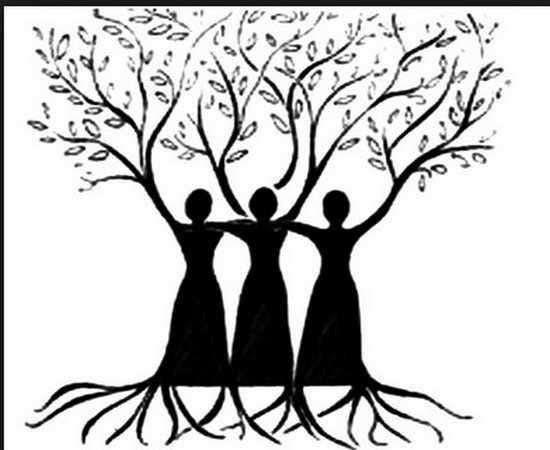Monitoring and Evaluation in Sustainability
Where do we stand in terms of sustainable goals in India?
India has played an important role in shaping the Sustainable Development Goals (SDGs) and has been effectively committed to achieving the SDGs. Government schemes and organisations have actively focused on the elimination of poverty, gender equality, climate change and resource mobilisation for SDGs.
Further, special efforts have been made to restructure the federal governance structure of the country through cooperative and competitive federalism. State Governments are playing a prominent role in advancing the national development agenda. Nevertheless, how far has this implementation taken India in terms of improvement through these objectives? The picture still remains unclear.
Policy Implementation- A Necessity
The centrality of sustainability in public policy is perhaps best symbolised by the shift from Millennial Development Goals (MDG) to the Sustainable Development Goals (SDG) by the UN as the target of policy during the 2015–2030 period. India’s bold Nationally Determined Contributions (NDC), communicated to the Conference of the Parties (COP) of the UN Framework Convention on Climate Change include substantially reducing the emission intensity of GDP, tapping non-fossil fuel energy sources and creating an additional carbon sink.
The main messages for India’s Voluntary National Review of SDG implementation encapsulate the effect made with respect to 7 Goals, with interconnections across all the 17 SDGs. The primary focus of India has been on the following.
GOAL 1: End poverty in all its forms everywhere
GOAL 2: End hunger, achieve food security and improved nutrition and promote sustainable agriculture
GOAL 3: Ensure healthy lives and promote well-being for all it ages
GOAL 5: Achieve gender equality and empower all women and girls
GOAL 9: Build resilient infrastructure, promote inclusive and sustainable industrialisation and foster innovation.
GOAL 14: Conserve and sustainably use the oceans, seas and marine resources
GOAL 17: Revitalise the global partnership for sustainable development
Environment and ecological sustainability concerns have now begun to get embedded in every aspect of development since the fear of environmental depletion is rising extremely fast. India’s development record so far has seriously neglected the sustainability aspect- whether in terms of nature, or people or economic structures. While in international negotiations, and in all fairness, India makes strong arguments against restrictive regulations being imposed, the environment in Indian cities is now palpably one among the worst in the world and the health hazards of simply breathing the city air are becoming increasingly obvious in several urban areas.

How is the Environment Impacted? — The Idea of Sustainability
Our water resources are depleting drastically and quickly, although our forest cover seems to be improving as compared to earlier. As urbanisation occurs inevitably, congestion in our cities is rising dramatically. The load of waste production, generation and lack of space for proper disposal is another issue faced by these areas. We simply do not have enough road space to keep up with the vehicle sales burgeoning. The shift to public transport is not a matter of choice but will soon be the only option.
Many cities are suffering due to lack of planning and prediction of development. Gender inequality, an area of policy apathy and neglect has led to warped sex ratios and social problems. In the economic arena, jobs have seriously lagged income growth. India’s recent GDP has created less than 3% more jobs during the same period. Looking at a lens of long-term perspective development, there are several risks that need to be managed. As far as survey figures are concerned, almost none of them match the figures intended to be achieved. The target is somewhere halfway, making the goals seem incomplete with any purposeful intent.
The general awareness of the Indian public on sustainability issues is definitely insufficient, which probably lies at the core of many problems. For instance, indoor air pollution caused by traditional biomass-burning stoves is one of the biggest killers but it rarely features among the major concerns. Gender inequality and lack of women’s empowerment is an important issue here related to awareness.
Sustainability – environmental or otherwise – often comes as an afterthought in public planning or project planning, whereas it ought to cut across and permeate all policies and projects. The Indian environment and setting are quite unique and there is need to look for and promote innovations in India rather than transplant solutions from elsewhere. One of the roles of the government — mostly states and local, not just at the centre — ought to be to build a sustainability-conscious society: emphasising on the notion of sustainability and responsible consumption and lifestyle in school education and possibly carrying it right through to higher education. Gender inequality needs to be dealt with on an urgent basis. Job-creation needs to be the top economic priority.

Corporate Social Responsibility, Sustainability, and Public Policy: A Key Amalgamation
Integrating Public Policy, Sustainability and CSR in business education is the need of the hour. The awareness of public policy, government systems and goals of policy like sustainability is surprisingly low among today’s youth studying in these areas. This is particularly surprising since these are critical factors for long-run business success. As private-public partnerships proliferate from infrastructure to social sectors, the chasm of mistrust between the two parties is a serious hindrance. This is a consequence of lack of communication between the relevant parties.
In reality, anticipating, managing and influencing policy movements are key aspects of making impact, especially in India. Whether out of global pressures or judicial decisions, pro-sustainability policy moves are likely to strengthen and set this as a top priority. An informed partnership between public and private agencies along with the Government would prove to be useful in terms of sustainability.
If policymaking continues to relegate sustainability purely to the domain of technocracy and technological innovations, it will miss out on the transformations occurring in the socio-political systems and impacts of these systems on the environmental altogether. Our war is most likely to be over the finite and increasingly exploitative resource depletion of the planet. “Already there are many recent instances before us within our own country — repression unleashed by the West Bengal government to control the Bhangar land rights agitation, water wars, public health crises, mounting farmer suicides and recurrent drought in relatively well-off and greener states like Kerala and Tamil Nadu as also in the most backward regions like Bundelkhand.” (Garima Maheshwari, The Wire).
Unless policymaking can factor in these realities in terms of implementation and goal setting, which are increasingly becoming key political issues in the country — India will miss the target of SDGs on many fronts. The SDGs will require strong ownership by countries, robust implementation plans for each country, and enough financing. They will be effective only if they are incorporated into national plans. In India, for instance, an effective national plan, along with sub-national and local plans, will be crucial to address the variation in areas such as maternal and child mortality rates, nutrition and employment in each state.
India has a deep-rooted and growing tradition of philanthropy, trusts and partnerships. Increasingly today, businesses are recognising the need for partnering with various government and non-government organisations to work towards collective improvement. This sector has significant expertise that can be applied to addressing India’s most challenging health, sustainability and overall development challenges.
Feature Image Credit: Markus Spiske on Unsplash
Ayesha Mehrotra is a Volunteer Researcher at One Future Collective and a passionate environmentalist. Through her writing on this platform, she hopes to encourage all generations to understand the importance of equality, liberty, justice, and happiness.
Mapping and negotiating power
Uncuff India Episode 10: Dimensions of conflict and peace: visioning a utopian world
Uncuff India Episode 9: Civic space and dissent: A pathway to social justice



